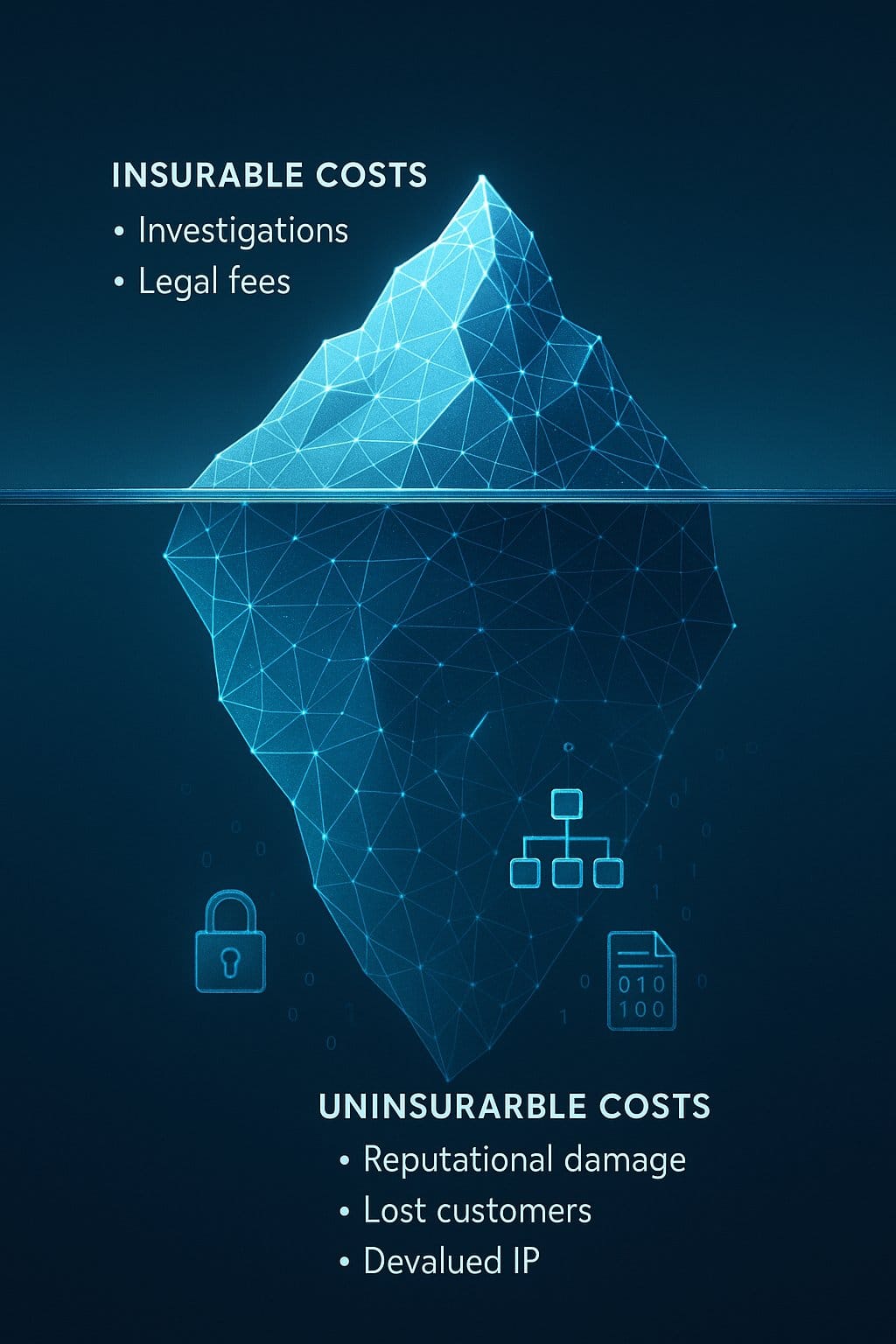Cyber Risk Through a Compliance Lens: Navigating the Regulatory Landscape

In the intricate digital landscape of modern business, managing cyber risk is not solely an IT challenge; it is fundamentally a compliance imperative. Organizations face an ever-growing web of regulatory and legal obligations. Boards and senior executives have explicit responsibilities to understand and manage their risk exposures as part of normal corporate governance.
The Expanding Reach of Regulation
Increased scrutiny by lawmaking bodies and enforcement agencies around the globe is affecting all companies. While some territories, like the US, have adopted a more sectoral approach focusing on specific industries handling sensitive data (such as healthcare and financial services), there is a clear global trend towards comprehensive privacy and data protection legislation. The sources specifically mention the EU Data Protection Regulation as a significant example where penalties for non-compliance are set to change dramatically. Regardless of the specific jurisdiction, organizations need to be fully aware of the regulatory and legal exposure they face, understanding the implications for their operations and investment decisions.

Beyond Minimum Requirements: Demonstrating Due Care
Compliance is not just about ticking boxes. Simply complying with the basic stipulations is not necessarily demonstrating compliance. Under principles like the "comply or explain" rule in the UK Corporate Governance Code (and similar requirements elsewhere), organizations are expected to go beyond the minimum. Those prioritizing growth over protecting security interests and doing only the "minimum" run an increased reputational and regulatory risk. Regulation often struggles to keep pace with the speed and complexity of the cyber threat, presenting very real financial and technical challenges, particularly for those with large legacy infrastructures. Meeting compliance requirements therefore demands a proactive and robust approach.
Financial and Legal Consequences of Non-Compliance
Failing to meet regulatory requirements can have severe financial and legal consequences. Enforcement agencies in many cases have the ability to investigate companies not only after a data breach occurs but also if there is reason to believe the company has not generally complied with the applicable legislation. Such investigations can lead to significant fines and penalties depending on local laws and regulations.
Potential exposures to legal liability can derive from various sources, including:
- Slanderous, libellous, or defamatory comments.
- Leakage of sensitive information.
- Online bullying.
- Breach of intellectual property rights.
A data breach, deliberate or accidental, can directly result in the failure of the organization to comply with information security laws and regulations.
Mandatory Data Breach Notification
A critical element of the regulatory landscape is the requirement in a number of global jurisdictions for companies to notify affected individuals if their personally identifiable information is lost, stolen, or otherwise compromised. This is often a legally binding requirement. The sources note that some jurisdictions have adopted "compliance" models where having specific security measures in place, such as encryption, can allow for less stringent reporting requirements, effectively incentivizing proactive security steps. Devising an incident reporting process that is risk-based and takes into account these regulatory reporting requirements is essential.

Governance and Accountability for Compliance
Effective governance arrangements are needed for cyber risk issues. Corporate governance places explicit responsibilities on boards to understand and manage risk exposures. The debate about who on the board is responsible, who explains the risks to them, and on what information decisions are made is crucial. Clear accountability for prevention and response is paramount in the real-time cyber world. The sources highlight that information risks should be treated like financial or business risks, placing responsibility at the board level. However, a survey found only half of respondents had a designated committee to oversee information security risk despite increasing fines. The message is clear: oversight needs to move beyond purely technical committees and be integrated into strategy and business management processes.
Policies, Training, and the Human Factor
Compliance starts with clear policies and standards. Organizations must develop these due to the threats posed by cyberspace. Policies are essential for providing a framework for expected behavior and enabling reactionary measures in the event of a breach.
Investment in training and awareness programs is crucial and can be a very effective way to mitigate risks. From a compliance perspective, having implemented suitable training programmes can be seen as mitigation should an information security breach occur, as regulatory action may not be taken where the organization has taken reasonable steps to prevent a breach. Training should go beyond technology, focusing on the organization and the individual. Due to the blurring lines between personal and corporate use of technology, organizations have a practical duty to raise awareness of policy and may need to educate staff on these blurred boundaries. Testing staff understanding of data security policies is important. Ultimately, all staff are responsible for security, and bolstering this "human firewall" through training is a key compliance consideration.
Supply Chain Compliance and Due Diligence
Given that organizations are increasingly interconnected networks involving suppliers, distributors, and other third parties who may handle critical data, effective governance of these third parties is essential to data security and meeting regulatory obligations. Breaches are often attributable to outsiders, sometimes involving multiple parties.
Compliance requirements must be cascaded throughout the supply chain. Emerging regulation is putting pressure on organizations to report incidents to regulatory bodies sooner and with more detail. Contracts with third parties need to explicitly state incident reporting obligations, including timeframes, to ensure compliance. Due diligence processes are required, ideally risk-based according to the importance of the data handled by the third party. These processes can involve questionnaires, interviews, or on-site reviews. Organizations should also reserve rights in contracts to undertake reviews or testing during the contract period. Implementing an escalation process, even to the point of contract termination, is important for enforcing compliance standards in the supply chain.
Auditing for Compliance Effectiveness
Internal audit plays a vital role in assessing an organization's adherence to information security policies, standards, and legal/regulatory frameworks. However, traditional audit approaches with long reporting cycles may be challenged by the fast-paced nature of cyber threats. Auditors need to assess whether monitoring mechanisms provide proactive warning of intrusions and look beyond general monitoring to targeted controls on the organization's "crown jewels" – its most critical data. Understanding data classification is key for auditors to assess the control environment and compliance. Compliance with legal requirements is a specific area of assessment within standards like ISO 27001. Organizations should ensure their internal audit teams have the appropriate skills for this evolving risk environment.
Conclusion
From a compliance perspective, cyber risk necessitates a holistic approach. Regulatory and legal exposure is increasing globally, placing significant responsibility on boards and senior management. Compliance means more than just meeting minimum standards; it requires demonstrating due care through robust governance, clear policies, comprehensive training and awareness programs that include the "human firewall", effective supply chain oversight, and dynamic auditing processes. Investing in these areas is driven by the need to meet regulatory requirements and avoid potentially significant fines and penalties. By embedding cyber risk management deeply within the organizational structure and processes, organizations can better navigate the complex compliance landscape and protect their data, reputation, and long-term viability.






